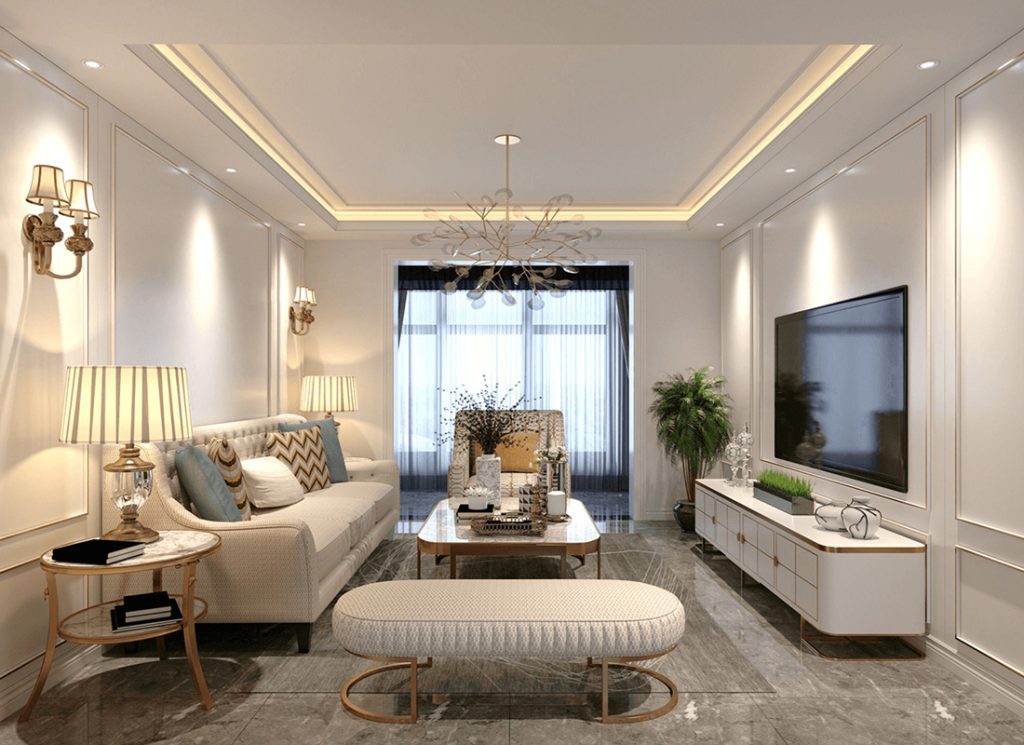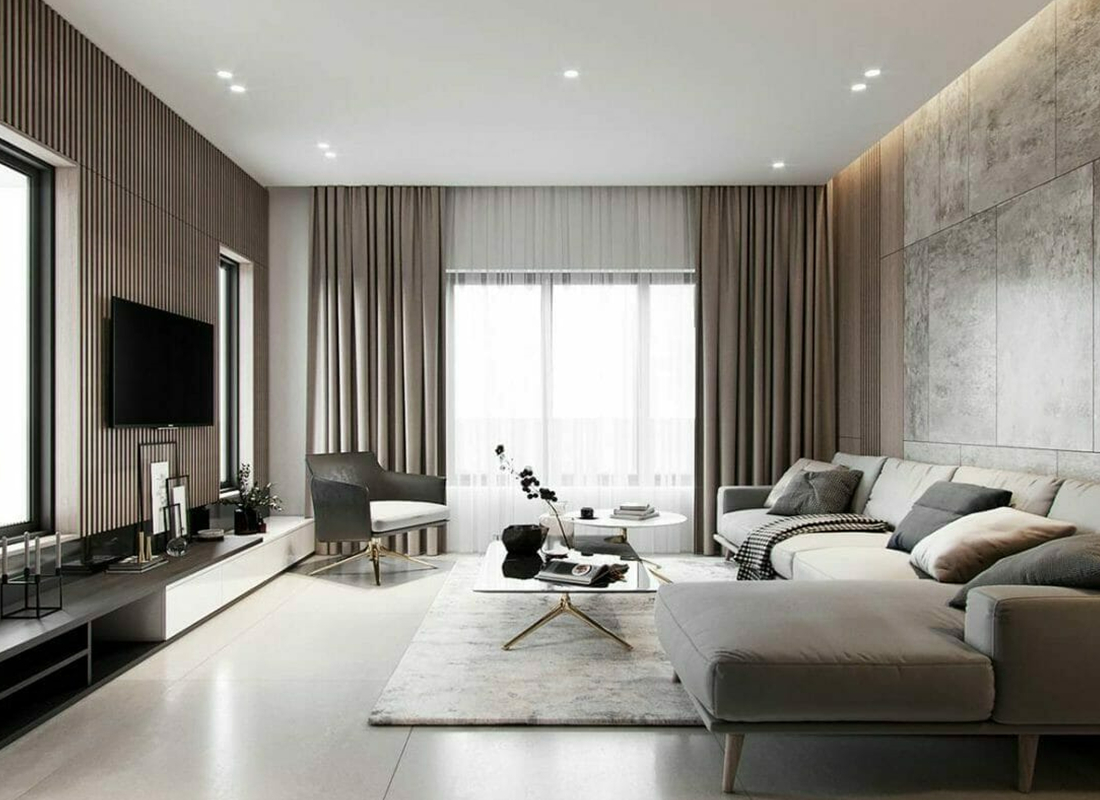One fundamental technique is three-point lighting, commonly used in photography and videography. This method involves using three light sources: the key light, fill light, and backlight. The key light is the primary source that illuminates the subject, while the fill light softens shadows created by the key light. The backlight adds depth by separating the subject from the background, creating a three-dimensional effect. This technique is particularly effective for portrait photography as it highlights facial features and adds dimension to the subject.
In interior design, layering light is a crucial technique that combines ambient, task, and accent lighting. Ambient lighting provides overall illumination, creating a comfortable level of brightness throughout a space. Task lighting focuses on specific areas where activities occur, such as reading or cooking, ensuring that these tasks can be performed safely and efficiently. Accent lighting highlights particular features, such as artwork or architectural details, drawing attention and adding visual interest. By skillfully layering these types of lighting, designers can create versatile environments that cater to various needs and moods.
Natural light is another powerful lighting technique that should not be overlooked. Utilizing windows, skylights, and reflective surfaces can enhance the brightness and warmth of a space. Understanding the direction and quality of natural light throughout the day allows individuals to optimize its use. For example, south-facing windows capture sunlight all day, making them ideal for living spaces, while north-facing windows provide softer, diffused light perfect for art studios. Incorporating natural light not only improves aesthetics but also promotes well-being, as exposure to daylight has been linked to increased productivity and mood enhancement.

In theatrical lighting, color temperature plays a vital role in setting the scene. Different light sources emit varying color temperatures, which can evoke specific emotions and atmospheres. Warmer light, such as that from incandescent bulbs, creates a cozy and intimate setting, while cooler light, like fluorescent bulbs, can convey a more clinical or harsh environment. By manipulating color temperature, lighting designers can influence the audience’s emotional response and enhance the storytelling aspect of a performance.
Another effective technique is the use of shadows. Shadows can add depth and intrigue to an image or space. In photography, experimenting with harsh and soft shadows can create dramatic effects, while in design, shadows can enhance the perception of texture and form. Understanding how to control shadows through the placement of light sources can lead to more compelling compositions and designs.
Finally, experimenting with light modifiers can help achieve desired effects. Softboxes, umbrellas, and reflectors can alter the quality of light, allowing for greater control over brightness and softness. By using these tools, photographers and designers can create flattering lighting conditions that enhance their subjects and spaces.
Mastering lighting techniques is essential for anyone looking to enhance their creative projects or living environments. By understanding the principles of light and how to manipulate it effectively, individuals can create stunning visuals and inviting spaces that resonate with their intended audience. Embracing these techniques opens the door to endless possibilities in design and photography, allowing for greater expression and impact.

